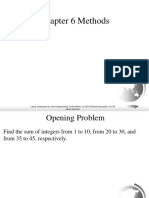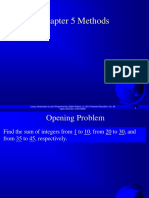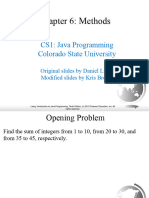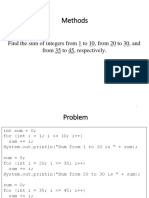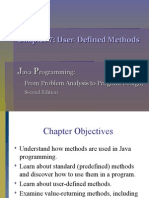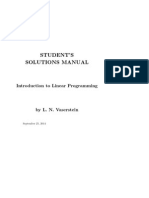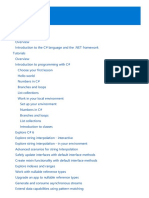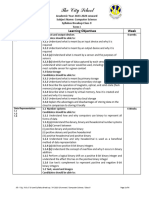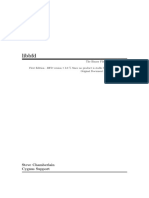0% found this document useful (0 votes)
9 views26 pagesLecture 6 Programming
The document discusses methods in Java programming, including how to define and invoke methods, as well as the concepts of formal and actual parameters. It provides examples of summing integers using loops and defining a method to find the maximum of two numbers. Additionally, it includes exercises for practice with method implementation.
Uploaded by
hmhmmhmh275Copyright
© © All Rights Reserved
We take content rights seriously. If you suspect this is your content, claim it here.
Available Formats
Download as PPTX, PDF, TXT or read online on Scribd
0% found this document useful (0 votes)
9 views26 pagesLecture 6 Programming
The document discusses methods in Java programming, including how to define and invoke methods, as well as the concepts of formal and actual parameters. It provides examples of summing integers using loops and defining a method to find the maximum of two numbers. Additionally, it includes exercises for practice with method implementation.
Uploaded by
hmhmmhmh275Copyright
© © All Rights Reserved
We take content rights seriously. If you suspect this is your content, claim it here.
Available Formats
Download as PPTX, PDF, TXT or read online on Scribd
/ 26

